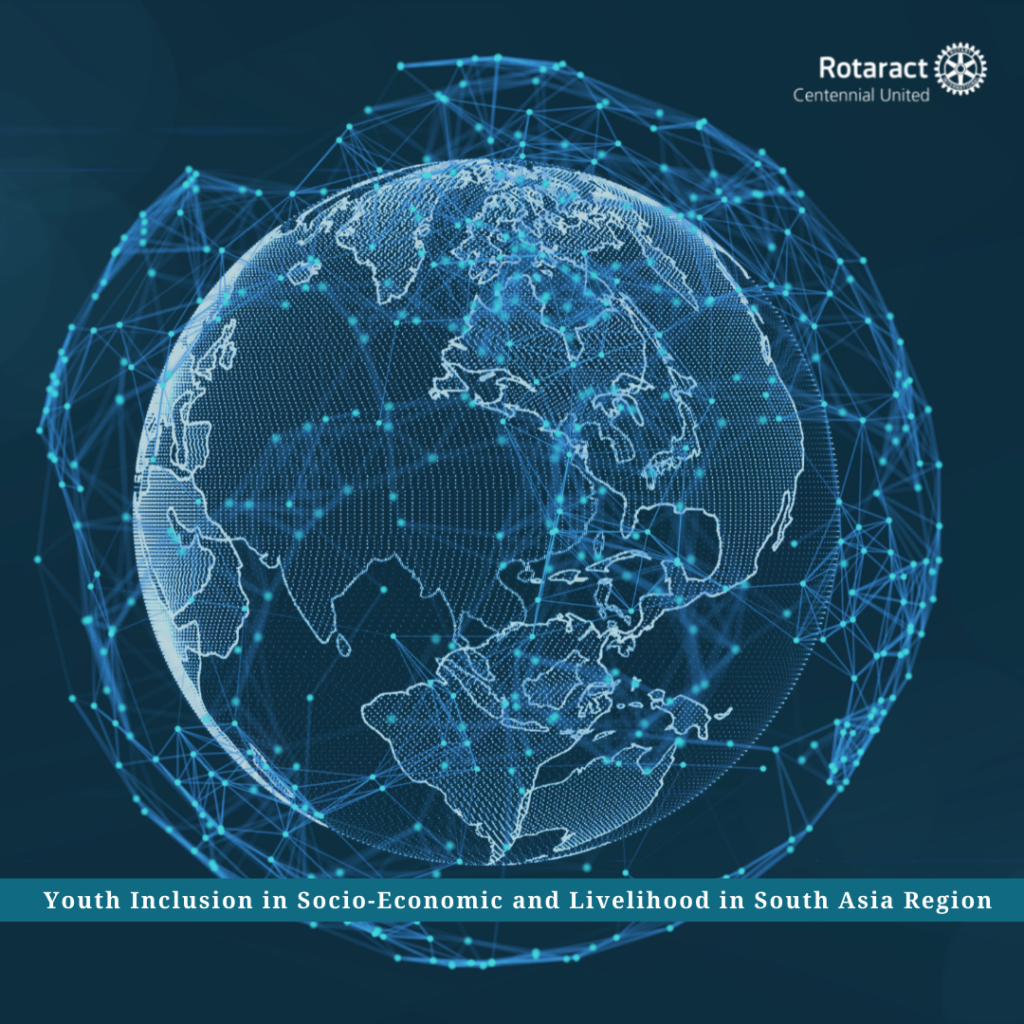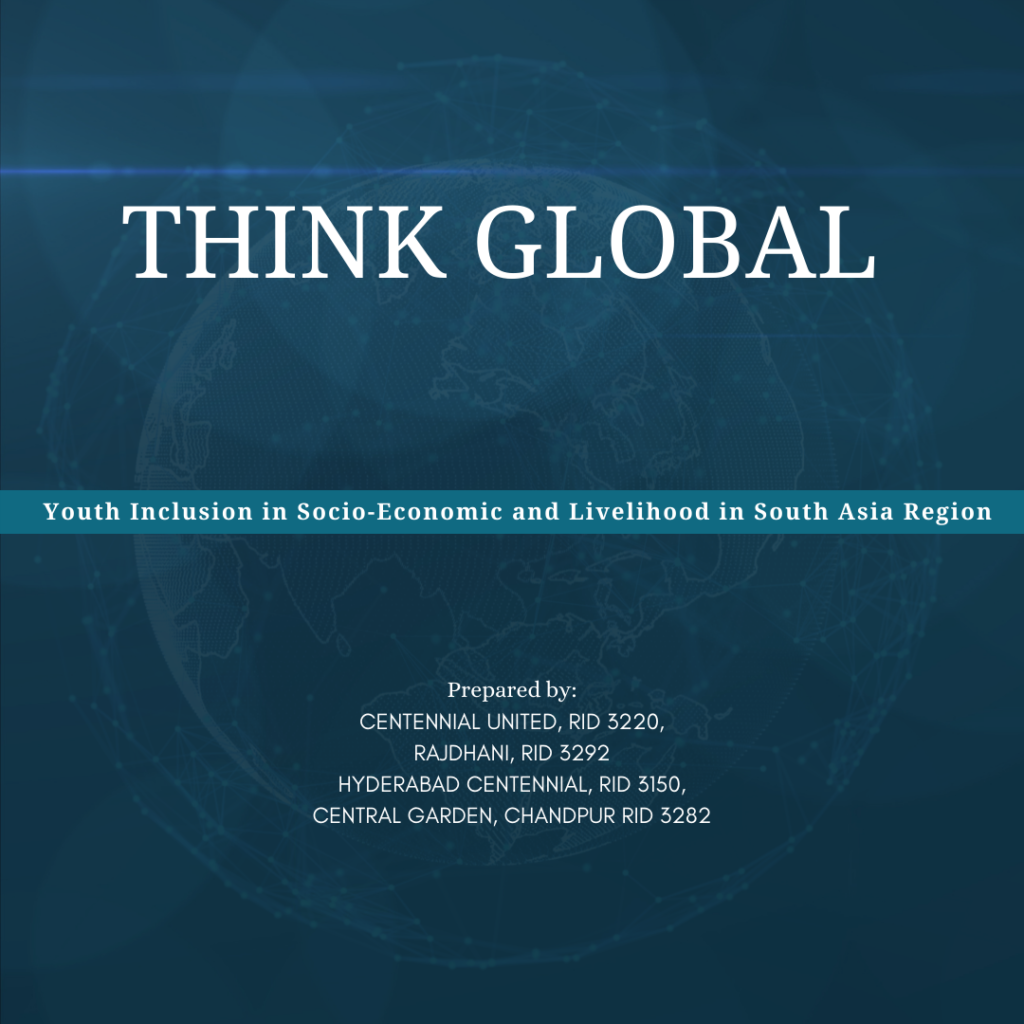
An estimated 54 per cent of South Asian youth leave school without the necessary skills to get a decent job in the next decade, according to data produced by the Global Business Coalition for Education (GBC-Education), the Education Commission, and UNICEF.
According to the data, South Asia lags behind several other regions in preparing the next generation of young people with the skills they will need for 21st-century work. Projections place South Asia well below the global average. This builds on the estimates UNICEF produced with the Commission last year on the projected learning outcomes in 2030 for all South Asian countries.
“Every day, nearly 100,000 young South Asians – a large sports stadium of young people – enter the labour market, almost half of them not on track to finding 21st-century jobs,” said Henrietta Fore, UNICEF Executive Director. “South Asia is at a critical juncture, with a limited window during which it can reap significant demographic dividends from its talented and capable youth. Get it right, and millions could be lifted out of poverty. Fail to do so, and economic growth will falter, youth despair will rise, and further talent will be lost to other regions.”
With almost half of its population of 1.8 billion below the age of 24, led by India, Pakistan and Bangladesh, South Asia will have the most significant youth labour force in the world until 2040. This offers the region the potential to drive vibrant and productive economies. Suppose substantial investments in skills development are made. In that case, the region is poised to maintain strong economic growth as well as an expansion of opportunities in the education and skills sectors in the coming decades.
Peace and prosperity have always been two universal goals that all countries strive for. Since the mid-2000s, policymakers have encountered a significant dilemma: continue to exclude youth and overlook the challenges they experience, aggravating the conditions that contribute to violence, or include youth in deconstructing and addressing these factors, contributing to greater peace and prosperity.
This recommendation paper integrates recent research, policy, and programming on juvenile socio-economic inclusion in order to highlight significant programming and policy recommendations that can help to promote better youth inclusion and violence prevention.
While the literature and policies/ideas are studied with a focus on South Asian countries, we consider that the thematic key recommendations can be implemented elsewhere in the world to increase young representation in the socio-economic setting.
Considerable overlap between literature and strategic objectives in national and regional youth policies is also highlighted in this suggestion paper. While it displays great promise, it also reveals some obstacles that may contribute to gaps in policy formation, implementation, and outcomes.

RESEARCH METHODOLOGY
The study’s primary research question was: Youth Inclusion in Socio-Economic and Livelihood in South Asia Region.
Several specific research questions guided the scope and methodology focus of this study to answer this topic.
This study is descriptive in nature, adopting a mixed-methods approach to draw population assumptions from a non-probability sampling. Although the survey sample methodology does not guarantee representativeness, the ‘weighting adjustment’ rectification technique was used at the post-survey stage to address certain groups’ potential over-representation or under-representation. This allowed for broad generalizations about the region’s juvenile population (forming a “South Asia average”), as well as representation in terms of actual population ratios by country, gender, and location (urban/rural).
RESEARCH METHODS
To capture the aspirations, perceptions, preferences and experiences of South Asian youth Inclusion in Socio-Economic and Livelihood in South Asia Region, quantitative and qualitative research methods were used to collect data from youth between the ages of 16–34 years in the south Asian regional countries. Both methodologies allowed for a balance of empirical research and individualized narratives, resulting in a snapshot of young people’s experiences, perspectives, and goals in South
- SURVEY
The Rotaractors developed an online questionnaire from the South Asian regional clubs belonging to the Rotary International. As the primary instrument to assess the survey
- Focus group discussions
Youth perspectives and stories were collected through focus groups to truly comprehend young people’s views and perceptions on education, skills, and the broader economy. This was done to collect in-depth qualitative data on the target population’s perceptions and assess the survey results, with a focus on marginalised and underprivileged people in the region. PROFILE OF SURVEY RESPONDENTS
Evaluating the data requires a comprehensive understanding of the respondents’ sociodemographic characteristics. Before the weighting changes for the nation, gender, and occupation form (rural/urban), the demographic variables of the youth survey were weighted.

